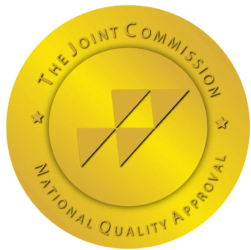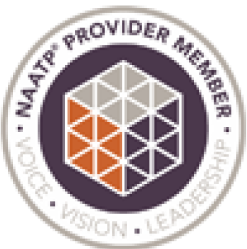If you’ve ever seen the 1971 movie A Clockwork Orange, you probably recall the scene where Alex (Malcolm McDowell) has his eyes held open by a metal device that looks like some sort of torture instrument. He’s forced to watch videos of violent images while being dosed with nausea-, paralysis-, and fear-inducing drugs. The doctor subjecting him to this process is attempting to get him to stop committing violent acts by creating an aversion through negative reinforcement. The method, called the Ludovico Technique, ends up being effective in the film. Could something like this actually work in real life?
Putting aside the moral implications of what essentially sounds like a form of torture, there are (much more humane) methods of conditioning people by means of showing them images. There have been studies done on treating addiction by showing patients drug-related images while they’re off drugs, which is called extinction. The idea is that by weakening the memories of taking drugs, doctors can lessen cravings and help prevent relapse.
We know that there are environmental triggers that can lead to relapse. Seeing a bit of drug paraphernalia, driving past a house where you used to do drugs, running into people you did drugs with, and even seeing drug use on television can trigger cravings. Researchers will first activate memories of doing drugs, then follow with an extinction session, repeatedly exposing the patient to the same cues (for example, showing them a needle or videos of people injecting). The idea is that by bringing the memories to the forefront, essentially bringing them out of the depths of storage, they become easier to overwrite.
In one experiment, researchers taught rats to self-administer cocaine and heroin. They came to associate a particular environment with drug use. Then they were placed in that same environment without drugs and given extinction sessions. They were exposed to stimuli that they had come to associate with being high. The rats that were reminded of drugs 10 minutes or one hour before extinction were less likely to use drugs again, whether spontaneously or after being presented with drugs. After six hours, however, the window seemed to have passed for the technique to work, and the rats became addicted again.
There were also clinical studies done on human subjects who were in rehab. They were shown a five-minute video with images of heroin use and drug paraphernalia either 10 minutes or six hours before an hour-long extinction session. Those patients who had memory-retrieval sessions 10 minutes before their extinction sessions turned out to have lower cravings than those who had either no retrieval session or a session six hours before extinction. Over the six month course of the study, this continued to be true.
If you or a loved one need help with quitting drugs or alcohol, consider Asana Recovery. We offer medical detox, along with both residential and outpatient programs, and you’ll be supervised by a highly trained staff of medical professionals, counselors, and therapists. Call us any time at (949) 438-4504.





